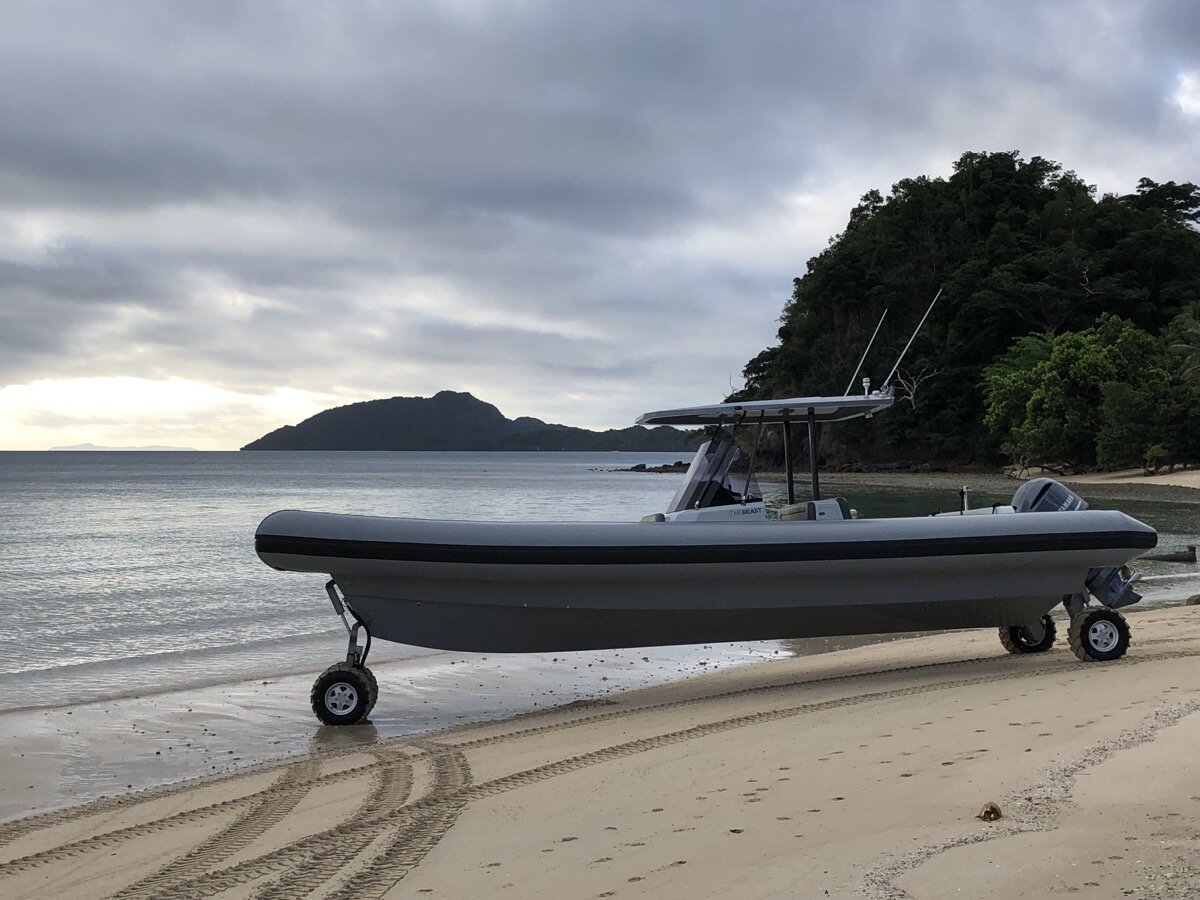

“What a machine! What a fast yet sure-footed, stable vessel! A masterpiece to be proud of, my friend.”
“I am so impressed with the handling! I can’t get over the soft ride – it is so smooth and docile. She is amazing in the rougher water. You have done a great job. It’s everything that we wanted!”
“We are very pleased to have your new vessel design make contract speed first time on sea-trials – congratulations are in order.”
Christian Stimson is a Fellow of the Royal Institution of Naval Architects (RINA), presently President of RINA (NZ), a qualified naval architect with over 30 years’ experience afloat, on the shop floor, and in the design office, he currently lectures at Auckland University of Technology’s Maritime Engineering BEng degree course.
With a background in high performance craft, including America’s Cup, Christian believes weight management and accurate definition of the design brief in relation to the yard’s capabilities and project’s commercial constraints essential for producing a good design, along with adoption of modern design and analysis tools (e.g. in house CFD), feedback from trials for calibration of prediction tools, and collaboration with experts in their appropriate field such as structural engineers and exterior designers.

“The boat is well mannered, with no vices, and handles well in all conditions. At over 40kn she neither porpoises nor chine walks, turning easily and precisely at speed with no skipping out on the chine. She sits nicely bow up and the long, slender bow slices easily through the waves. There is no tendency to bow-steer or broach out in these conditions, and all round she’s very capable.”
We focus on the details - chines, fillets and fairing, rudders prop tunnels and aero resistance - as much as the ‘big picture’ hull geometry considerations. The details matter when seeking efficiency, but it is equally important to be on the ‘right part of the graph’ from the outset.
Great significance is placed on upon calculating mass and monitoring it during build to ensure the as-built and as-designed mass and centres are aligned. And after that we record the seatrials data to ensure the as-built performance is as predicted. There are examples showing how our prediction methods are accurate - with predicted, tank tested, CFD and seatrials results all aligning well.
This feedback loop allows calibration of the prediction tools and gives great confidence in the predicted performance of the vessel. And, as a result, we are confident to take on the design of a wide variety of concepts.

“She handles as if on rails, responsive and with predictable motions. On opening up the throttles she rose steadily and smoothly onto a plane with very little stern-down trim, running quietly there was very little wake at all, even at full speed. You couldn’t believe this was a 50-ton vessel flying along!”






